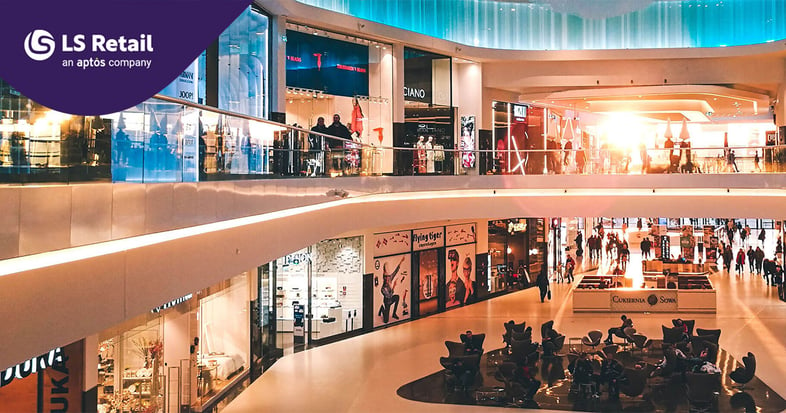
As the retail landscape evolves, it's essential to recognize the emerging trends that are shaping the store of the future. Here are seven key trends that are transforming the way consumers shop and interact with brands (and for even more details and inspiration download our eBook at the end of the article!):
1. Experiential retail
In the store of the future, success will be measured not just by sales figures but by the quality of the customer experience. Retailers are investing in creating immersive and memorable experiences that go beyond traditional transactions. Interactive displays, themed pop-up shops, and in-store events are just a few examples of how brands are prioritizing experiential retail. Take Apple, for instance, whose stores are designed to encourage customers to explore and interact with their products in a hands-on environment.
2. Borrowing and renting over purchasing
The shift towards access over ownership is evident across various industries, from transportation with the rise of car-sharing services to media consumption through streaming platforms. In retail, this trend is reflected in the increasing popularity of rental and subscription-based models. For example, companies like Rent the Runway offer fashion rental services, allowing customers to access designer clothing without the burden of ownership.
3. Customer advocacy
Building a community of brand advocates is becoming increasingly important for retailers. Instead of solely focusing on acquiring new customers, brands are nurturing existing ones and turning them into loyal advocates. These advocates not only promote the brand but also provide valuable feedback and support. Outdoor retailer REI is a prime example, leveraging its passionate customer base to advocate for environmental conservation and outdoor recreation.
4. Empowered employees
Empowering store employees with the right tools and training is crucial for delivering exceptional customer service. Retailers are equipping staff with mobile point-of-sale systems and real-time inventory access to enhance their ability to assist customers. Companies like Sephora empower their beauty advisors with technology that provides personalized product recommendations based on customer preferences.
5. Seamless digital integration and omnichannel
The line between online and offline shopping is becoming increasingly blurred, driving the need for seamless omnichannel experiences. Retailers are integrating their physical stores, websites, mobile apps, and social media platforms to create a unified shopping journey for customers.
Leading brands like Walmart are pioneering innovative services such as "click and collect," allowing customers to order online and pick up their purchases at a nearby store, effectively bridging the gap between the digital and physical worlds.
To meet the evolving expectations of consumers, retailers must seamlessly integrate digital solutions into their in-store experiences. This includes implementing features like virtual apparel try-on, mobile checkout options, and personalized recommendations based on past purchases. For example, Nike's flagship store in New York City incorporates interactive displays and digital lockers to streamline the process of picking up online orders.
A unified retail software like LS Central can help retailers embracing omnichannel, providing customers with a more convenient and personalized shopping experience.
6. Hyper-personalization
Tailoring products and services to individual preferences is becoming the norm rather than the exception. Retailers are leveraging data analytics and artificial intelligence to offer personalized recommendations and customized products. A prime example is online retailer Stitch Fix, which uses algorithms and human stylists to curate personalized clothing selections for each customer.
7. Sustainability and eco-friendly practices
With increasing awareness of environmental issues, consumers are demanding more sustainable and ethically sourced products. Retailers are responding by adopting eco-friendly practices throughout their supply chains, reducing waste, and offering environmentally conscious product lines. For example, companies like Patagonia have built their brand around sustainability, using recycled materials and promoting fair labor practices.
As retailers navigate the evolving landscape, embracing innovation and prioritizing customer-centric strategies will be key to success. By staying attuned to emerging trends and leveraging technology to enhance the shopping experience, retailers can thrive in the dynamic world of modern commerce.

